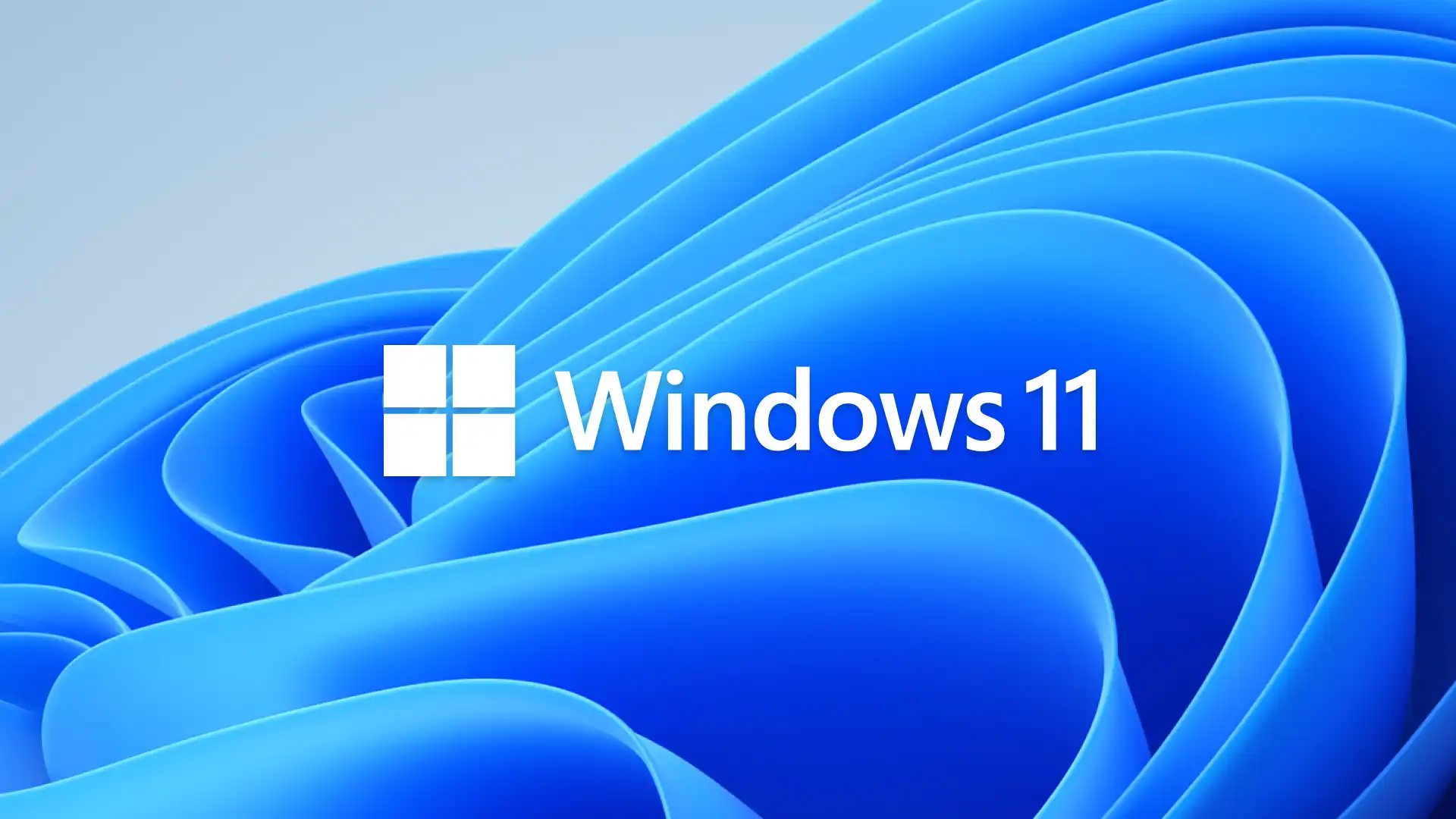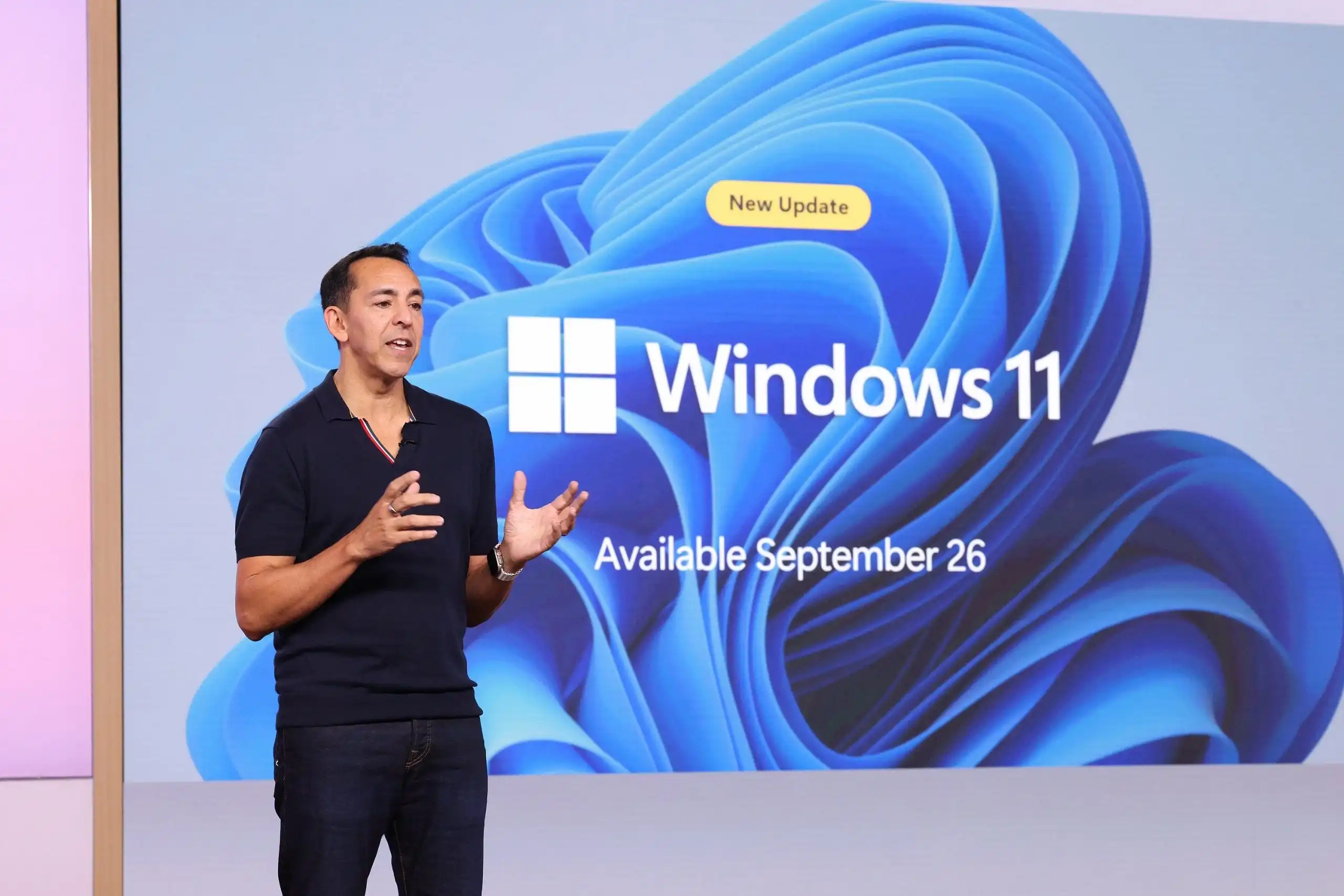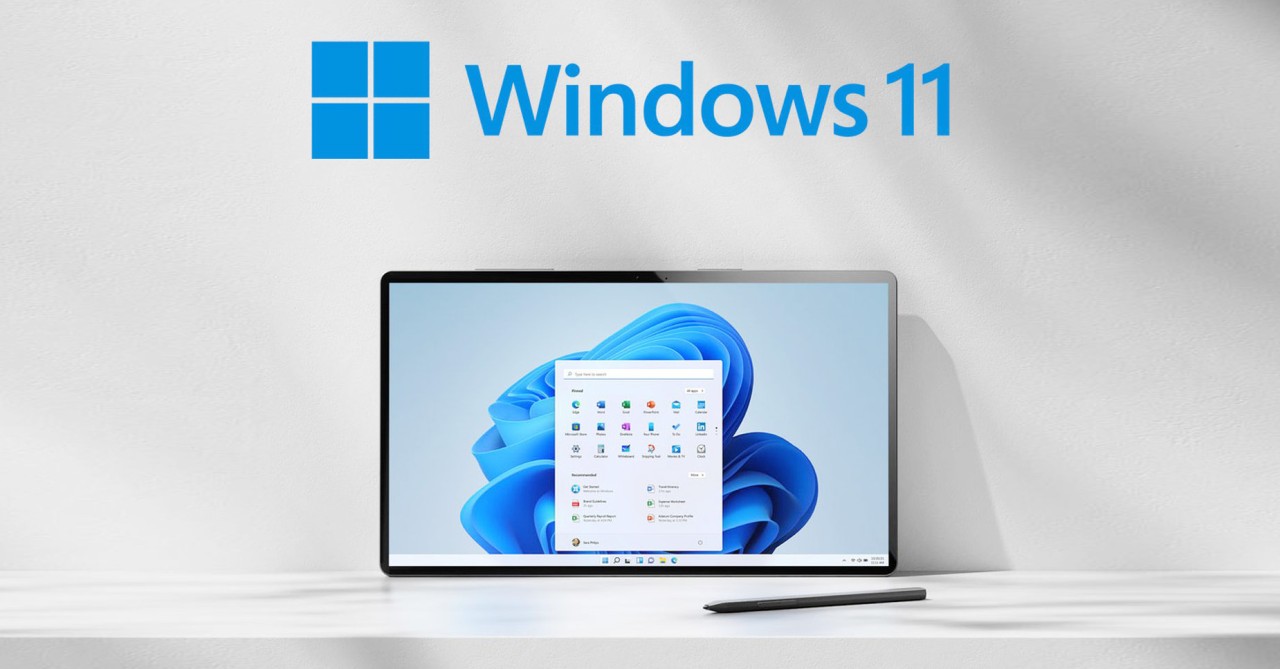As technology progresses, operating systems like Windows 11 are not just supporting the latest hardware but demanding it, particularly when it comes to leveraging artificial intelligence (AI). Microsoft’s latest iteration of its flagship operating system, Windows 11, introduces a unique twist to this trend by incorporating stringent hardware checks for AI applications.
A move that has sparked considerable dialogue within the tech community.

Windows 11: The Evolution of Hardware Requirements
With the upcoming Windows 11 24H2 update, Microsoft is setting the stage for an AI-enhanced user experience. This update is specifically tailored to accommodate AI-intensive applications, introducing mandatory hardware requirements that must be met for optimal performance.
Among the prerequisites uncovered by tech sleuth Albacore, who delved into the code of Windows 11 Insider Build 26200, is the need for SSE4.2 instruction support and a minimum of 16GB of memory. This development was first brought to light through a Twitter exchange and further reported by Neowin.
Windows 11 will reportedly display a watermark if your PC does not support AI requirements https://t.co/HScg6n37tf a sign you work for a corporate cheapskate !
— (((JReuben1))) (@jreuben1) April 26, 2024
The most visible sign of these new requirements will be a watermark displayed on the desktops of PCs that fall short of these specifications. This watermark serves as a constant reminder that certain AI-powered built-in apps, like Advanced Copilot and AI File Explorer, will not function due to the unsupported CPU.
The Purpose Behind the Watermark
Initially, it was believed that PopCnt instruction was the sole requirement for the new update. However, further investigation revealed a more complex scenario necessitating SSE4.2 instructions.
Interestingly, while this may seem like a significant demand, most CPUs that are compatible with Windows 11 already support SSE 4.2 instructions, minimizing the impact on a large segment of users.

The inclusion of such checks, especially the introduction of a watermark, marks a strategic move by Microsoft. This decision aligns with the company’s broader goal of ensuring that all users have an optimal experience with AI-driven features, without compromising system performance or stability.
Controversy and Criticism
This update arrives at a time when Windows 11 has been under scrutiny by tech enthusiasts and critics alike.
Recent controversies have stemmed from Microsoft’s decision to display advertisements in the form of “recommendations” in the Start Menu, as well as criticisms regarding the Start Menu’s performance by a former developer.
Furthermore, Microsoft has faced backlash for limiting the ability to customize the Windows 11 UI using popular third-party apps.

The reaction to these changes and the introduction of hardware checks reflects a broader debate about user autonomy and software optimization.
As Albacore pointed out, there exists a workaround to bypass the new hardware check by disabling specific system IDs, hinting at potential flexibility in the system’s enforcement of these requirements.
Looking Forward
As Windows 11 continues to evolve, the focus on AI capabilities is clear. The introduction of features like DirectX AI Super Resolution in the upcoming build underscores Microsoft’s commitment to integrating more sophisticated AI technologies.
However, the company must balance innovation with user accessibility and choice, ensuring that upgrades enhance the user experience without imposing undue burdens.
With the impending release of the Windows 11 24H2 update, all eyes will be on Microsoft to see how these new requirements will shape the future of computing and whether the tech giant will maintain its flexibility in accommodating a diverse range of hardware profiles.
The conversation surrounding these developments is far from over, and the tech community will undoubtedly keep a close watch on the rollout of this intriguing update.


